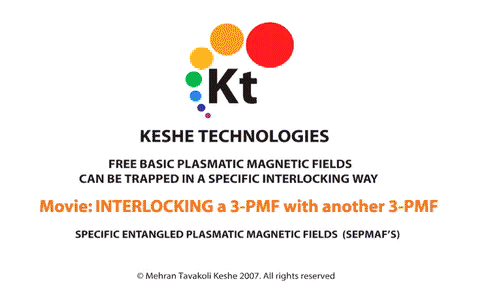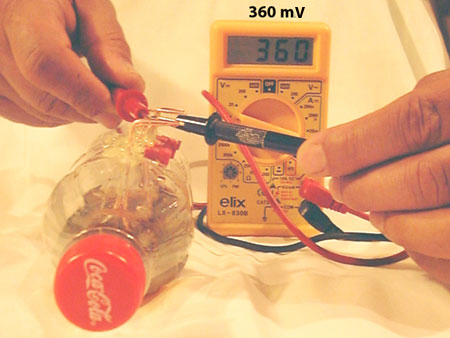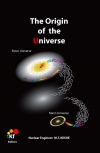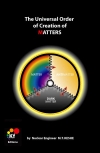Plasmatic Magnetic Fields and SEPMAF's
Our general hypothesis is that the creation of matter does not require excess temperature or extreme pressure. The characteristics of all matters can be reproduced by altering the fundamental plasmatic magnetic energy (PME) of Specific Entangled Plasmatic Magnetic Fields (SEPMAF), as seen in PME A and PME B in the image below. SEPMAF's are what we call today in physics the fundamental parts of particles and atoms. Protons, neutrons and electrons are collections of SEPMAF's where their magnetic fields have a specific structural magnetic entanglement, for example the double plasmatic magnetic structure shown in the first image 1A.
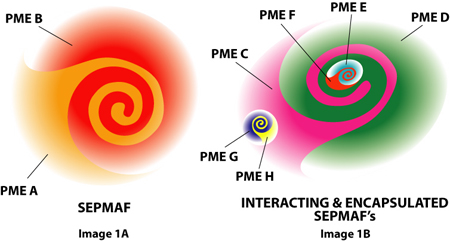
In other words, under the right conditions - such as minimal distance - these SEPMAF’s can influence each other in several ways, for instance: one or more SEPMAF's can have a change in the plasmatic magnetic field structure; one or both SEPMAF's can disentangle; SEPMAF's can change position relative to each other, or change position in the surrounding fields. When SEPMAF's are in motion they will be influenced by the SEPMAF’s that they pass and enter into. Thus the "atom" is a combination of several types of SEPMAF's, and molecules are more complex SEPMAF's. The physical interaction between SEPMAF's continually switches between states of balance and imbalance. To the observer this flux of magnetic change means that the properties of the atoms and of the molecules also change.
To demonstrate better how two plasmatic magnetic fields may become entangled, we show in the above animated image how two plasmatic magnetic fields – each with a central field and three connected opposite fields (legs) – approach each other in such a way that the central field has the same magnetic pole facing the other central field. They have a straight collision. There is a low probability that this would happen (correct face, correct corners). At the moment of collision the two central fields with the same poling (i.e. negative) oppose each other but the legs of each PMF want to continue their trajectory and bend inwards. The legs of the two PMF's are now dynamically locking with each other. They can only move back and forth in a limited way, because they are - at the same moment - held by the attractive magnetic fields and pushed away by the repulsive fields of the other legs and the central magnetic fields. But the legs hold also the central field - with which they are connected - in a dynamic position, so these central magnetic fields cannot leave their uncomfortable repulsive magnetic position. The result is that the two PMF's are interlocked, and will coexist as a unit (a photon, electron, proton, etc.) with specific dynamic scattering and frequencies. This simple cola bottle plasma reactor contains all the essential
conditions for a "universal" self-sustaining process.
A vacuum condition may enhance or facilitate the transfer of plasmatic magnetic energy in ambient conditions in a simple plasma structure environment.
A major parameter that has never been considered in real terms in the world of physics is the presence of the mediators, intermediary matters in the universe that facilitate these interactions, combinations and disassociations of plasmatic magnetic energy atoms between and from each other. These mediators are not catalysts in the chemical sense. Now for the first time in the world of technology and research, we have designed and tested a new system that functions according to the fundamental principles of nature, and demonstrates how all these effects can be very simply attained, all at the same time, and in a natural universal manner in one system.
|


